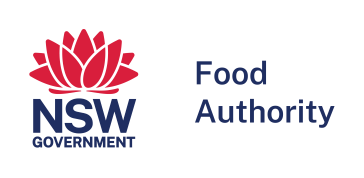- Print this page
- Download as PDF
- Share this page
Potentially hazardous foods need special handling to keep them safe and specific food standards apply.
The simplest and most effective way of controlling the growth of bacteria is proper temperature control.
Guideline
The NSW Food Authority has prepared a guide on storing and displaying potentially hazardous foods.
The guide includes:
- information on assessing products
- findings for foods previously assessed.
The guide was developed for environmental health officers (EHOs) who routinely encounter seemingly perishable food on display in the temperature danger zone between 5° and 60°C.
Businesses might also find the guide and list of references useful.
- Potentially hazardous foods: Foods that require temperature control for safety July 2023 (pdf 404 KB)
